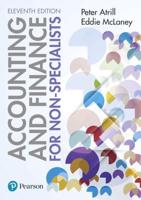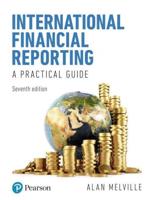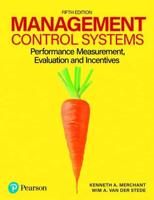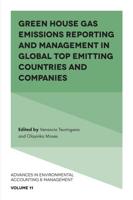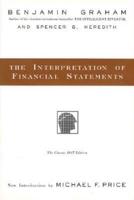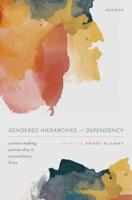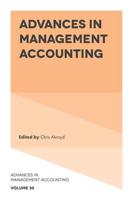Publisher's Synopsis
Your one indispensable guide to IFRS compliance
International Financial Reporting Standards (IFRS) have received increased attention since such signal events as endorsements by the International Organization of Securities Commissions (IOSCO) in 2000, by the European Union (2002, mandating universal adoption by publicly held companies in 2005), and by the SEC (waiving reconciliation requirements for foreign private issuers using IFRS beginning in 2007, and establishing a "road map" for adoption by US public companies by 2016).
With further refinements to IFRS continuing to be made by the International Accounting Standards Board (IASB) aided by work being performed pursuant to the "convergence" commitment made by the US standard–setter, FASB and given the now virtually unstoppable momentum worldwide to adopt (or, in some cases, adapt) IFRS, mastery of this knowledge is becoming a necessity for all preparers of financial statements. Although only publicly held US companies are facing an impending near–term mandate to convert to IFRS, many private companies already are encountering requests or demands from their major customers, suppliers, joint venture partners, and affiliates to provide financial reports prepared under IFRS. In all likelihood, replacement of US GAAP by IFRS will become a reality for even privately held enterprises within the foreseeable term.
Experience from EU–based companies that implemented IFRS financial reporting by 2005 suggests that such an undertaking may require a multi–year effort. Wiley IFRS 2012 provides a complete explanation of all IFRS requirements, coupled with copious illustrations of how to apply the rules in complex, real–world fact situations. It can be used both in training accounting staff and serving as a reference guide during actual implementation of IFRS and preparation of IFRS–based financial statements. Wiley IFRS 2012 is equally valuable for preparers, auditors, and users of financial reports.
To optimize the reader′s understanding, both examples created to explain particular IFRS requirements and selections from actual published financial statements are provided throughout the book, illustrating all key concepts. Also included in this edition are a revised, comprehensive disclosure checklist; an updated, high–level comparison between US GAAP and IFRS , keyed to chapter topics; and integrated discussions of major ongoing IASB projects that may have significant impact on readers′ responsibilities over the coming year.
Includes summary of key provisions of US GAAP vs. IFRS
Buy this Book. Get the e–book FREE! See inside for details.


